Energy
Canada Embracing Carbon Capture and Storage (CCS) to Reduce Emissions and Sustain Energy Industry
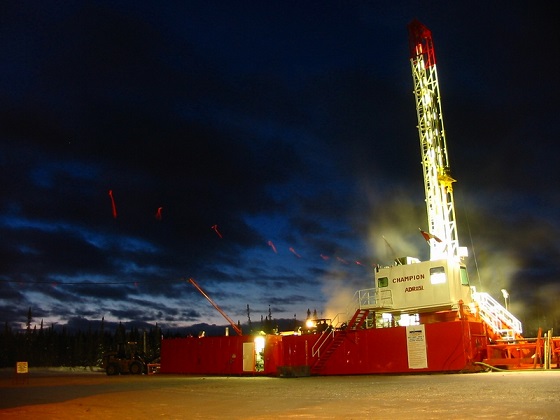
From EnergyNow.ca
Alberta has firmly led the Canadian charge on CCS. It has more CO2 storage capacity than Norway, Korea, India, and double the entire Middle East, according to the Global CCS Institute.
Back in 2007, the Alberta and federal governments established a task force on carbon capture and storage (CCS) as a way of reducing emissions from oil, gas, and energy operations. That led to a report in 2008 that said: “CCS is seen as a technological solution that allows Canada to continue to increase its energy production while reducing (carbon dioxide) emissions from these activities. . . .
“CCS is strategically important to Canada for several reasons. First and foremost, Canada is endowed with an abundance of fossil fuels (including an unparalleled oil sands resource).”
The task force noted that public support for CCS was high, with 64% of the public being open to the idea of government financial support for CCS. All that happened under the Conservative Stephen Harper government, which, in 2015, lost power to the Justin Trudeau Liberals.
Trudeau himself went on to say in 2017 these memorable words: “No country would find 173 billion barrels of oil in the ground and leave them there.”
That’s not a message repeated since, and certainly not by his relentless minister of environment and climate change, Steven Guilbeault. On CCS, Guilbeault maintains that while carbon capture and storage “is happening in Canada,” it is not the “be-all and end-all.”
Much more positively, we now have Jonathan Wilkinson, Canada’s energy and natural resources minister, saying he expects 20 to 25 commercial-scale CCS projects to break ground in Canada within the next decade.
And we finally have what Ottawa first promised in 2021: a system of tax credits for investments in carbon capture — which industry sees as a way to get those 20 to 25 carbon-capture projects built.
The tax incentive covers up to 50 per cent of the capital cost of CCS and CCUS carbon-capture projects. Although energy company Enbridge points out that tax incentives in the U.S. are more attractive than what Canada is offering.
“CCUS” is one of the carbon-capture models. It stands for Carbon Capture Use and Storage or Carbon Capture Utilization and Sequestration. Under CCUS, captured carbon dioxide can be used elsewhere (for example, to increase the flow from an oilfield, or locked into concrete). Or it can be permanently stored underground, held there by rock formations or in deep saltwater reservoirs.
Canada’s climate plan includes this: “Increased use of CCUS features in the mix of every credible path to achieving net zero by 2050.”
As well, the feds have supported a couple of smaller CCS projects through the Canada Growth Fund and its “carbon contract for difference” approach.
To date, Alberta has firmly led the Canadian charge on CCS. It has more CO2 storage capacity than Norway, Korea, India, and double the entire Middle East, according to the Global CCS Institute.
 From the Alberta government’s Canadian Energy Centre
From the Alberta government’s Canadian Energy Centre
In the most recent move in Alberta, Shell Canada announced it is going ahead with its Polaris carbon capture project in Alberta. It is designed to capture up to 650,000 tonnes of carbon dioxide annually from Shell’s Scotford refinery and chemicals complex near Edmonton.
That works out to approximately 40 per cent of Scotford’s direct CO2 emissions from the refinery and 22 per cent of its emissions from the chemicals complex.
Shell’s announcement sparked this from Wilkinson: “The Shell Polaris announcement last week was a direct result of the investment tax credit.”
Also in Alberta, the Alberta government notes: “The Alberta government has invested billions of dollars into carbon capture, utilization and storage (CCUS) projects and programs. . . . The Alberta government is investing $1.24 billion for up to 15 years in the Quest and Alberta Carbon Trunk Line (ACTL) projects.”
Quest is Shell’s earlier Scotford project. “The project is capturing CO2 from oil sands upgrading and transporting it 65 km north for permanent storage approximately 2 km below the earth’s surface. Since commercial operations began in 2015, the Quest Project has captured and stored over 8 million tonnes of CO2.”
The Alberta Carbon Trunk Line is a 240-km pipeline that carries CO2 captured from the Sturgeon Refinery and the Nutrien Redwater fertilizer plant to enhanced oil recovery projects in central Alberta. Since commercial operations began in 2020, the ACTL Project has captured and sequestered over 3.5 million tonnes of CO2.
Shell and partner ATCO EnPower now plan a new CCS project at Scotford. And, on a smaller scale, Entropy Inc. will add a second phase of CCS at its Glacier gas plant near Grande Prairie.
And those are just two of Alberta’s coming CCS projects. That province is working on at least 11 more that could lead to over $20 billion in capital expenditures and reduce about 24 million tonnes of emissions annually — the equivalent of reducing Alberta’s annual industrial emissions by almost 10 per cent.
And then there’s the giant CCS project proposed by the Pathways Alliance, a partnership representing about 95% of Canada’s oil sands production.
“The project would see CO2 captured from more than 20 oil sands facilities and transported 400 kilometers by pipeline to a terminal in the Cold Lake area, where it will be stored underground in a joint carbon-storage hub. . . . A final investment decision is expected in 2025.”
Alberta alone has more CO2 storage capacity than Norway, Korea, India, and double the entire Middle East, according to the Global CCS Institute.
When Wilkinson spoke in favor of CCS, Capital Power had just backed away from building a carbon-capture facility at its Genesee power plant in Alberta. But Enbridge, which would have built the associated storage hub, is still “strongly interested.”
In Saskatchewan, which also offers government support for CCS, more than 5 million tonnes of CO2 have been captured at SaskPower’s Boundary Dam 3 power plant. “Someone would have to plant more than 69 million trees and let them grow for 10 years to match that.”
In B.C., natural gas company FortisBC offers small-scale carbon-capture technology to help businesses that use natural gas to save energy and decrease greenhouse gas emissions.
And the B.C. government says that, potentially, two to six large-scale CCS projects could be developed in northeast B.C. over the next decade.
“Small-scale operations currently exist in B.C. that inject a mixture of CO2 and H2S (hydrogen sulfide) deep into underground formations. This process, which is referred to as acid-gas disposal, already occurs at 12 sites.”
Elsewhere, CCS projects are operating or being developed around the world, including in Australia, Denmark, and the U.S. A CCS project in Norway has been in operation for 28 years.
It took a while to get the ball rolling in Canada, but CCS/CCUS is here to stay, reducing emissions and keeping industries alive to contribute to the economy.
Business
Senator wants to torpedo Canada’s oil and gas industry
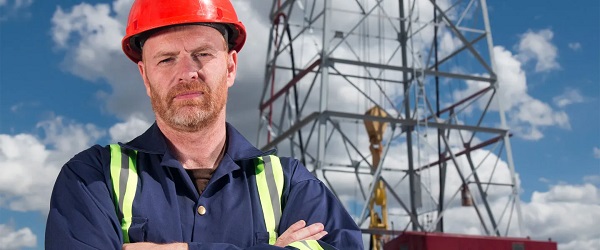
From the Fraser Institute
Recently, without much fanfare, Senator Rosa Galvez re-pitched a piece of legislation that died on the vine when former prime minister Justin Trudeau prorogued Parliament in January. Her “Climate-Aligned Finance Act” (CAFA), which would basically bring a form of BDS (Boycott, Divestment, and Sanctions) to Canada’s oil and gas sector, would much better be left in its current legislative oblivion.
CAFA would essentially treat Canada’s oil and gas sector like an enemy of the state—a state, in Senator Galvez’ view, where all values are subordinate to greenhouse gas emission control. Think I’m kidding? Per CAFA, alignment with national climate commitments means that everyone engaged in federal investment in “emission intensive activities [read, the entire oil and gas sector] must give precedence to that duty over all other duties and obligations of office, and, for that purpose, ensuring the entity is in alignment with climate commitments is deemed to be a superseding matter of public interest.”
In plain English, CAFA would require anyone involved in federal financing (or federally-regulated financing) of the oil and gas sector to divest their Canadian federal investments in the oil and gas sector. And the government would sanction those who argue against it.
There’s another disturbing component to CAFA—in short, it stacks investment decision-making boards. CAFA requires at least one board member of every federally-regulated financial institution to have “climate expertise.” How is “climate expertise” defined? CAFA says it includes people with experience in climate science, social science, Indgineuous “ways of knowing,” and people who have “acute lived experience related to the physical or economic damages of climate change.” (Stacking advisory boards like this, by the way, is a great way to build public distrust in governmental advisory boards, which, in our post-COVID world, is probably not all that high. Might want to rethink this, senator.)
Clearly, Senator Galvez’ CAFA is draconian public policy dressed up in drab finance-speak camouflage. But here’s what it would do. By making federal investment off-limits to oil and gas companies, it would quickly put negative pressure on investment from both national and international investors, effectively starving the sector for capital. After all, if a company’s activities are anathema to its own federal regulators or investment organs, and are statutorily prohibited from even verbally defending such investments, who in their right minds would want to invest?
And that is the BDS of CAFA. In so many words, it calls on the Canadian federal government to boycott, divest from, and sanction Canada’s oil and gas sector—which powers our country, produces a huge share of our exports, and employs people from coast to coast. Senator Galvez would like to see her Climate-Aligned Finance Act (CAFA) resurrected by the Carney government, whose energy policy to-date has been less than crystal clear. But for the sake of Canadians, it should stay dead.
Energy
Who put the energy illiterate in charge?
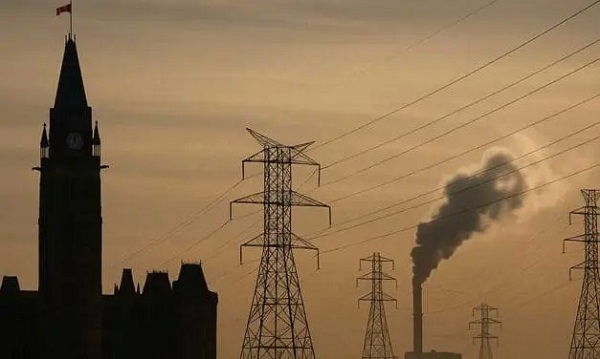
This article supplied by Troy Media.
Canada’s energy policy is being shaped by politicians who don’t actually understand how energy works. That’s not just embarrassing. It’s dangerous
Canada’s energy future is being held back by a critical obstacle: our elected officials don’t understand energy.
At all three levels of government, most politicians lack even a basic grasp of how our energy systems function. That ignorance isn’t just a knowledge gap—it’s a leadership crisis. Energy systems are evolving rapidly, and our leaders are ill-equipped to manage the complexity, tradeoffs and consequences involved. With few exceptions, their understanding is superficial, shaped more by talking points than substance.
By “energy systems,” I mean the complex web of technologies, infrastructure, markets and regulations that generate, distribute and manage power—from oil and gas to hydro, nuclear, wind and solar. These systems are deeply interconnected, constantly changing and central to every aspect of modern life. Yet the people making decisions about them often have little idea how they actually work.
This shows up frequently in public life: dodged questions, scripted answers, vague platitudes. Many politicians skate across the surface of issues with the thinnest understanding. The old adage “a little knowledge is a dangerous thing” perfectly describes Canadian energy politics today.
Decisions about energy directly affect household utility bills, climate goals, industrial competitiveness and grid reliability. Yet politicians tend to be tethered to the dominant energy source in their own region—oil and gas in Alberta, hydro in Quebec, nuclear in Ontario—without grasping how those systems connect or conflict. Canada’s energy landscape is fragmented, with each province operating under its own regulatory framework, infrastructure constraints and political pressures. That makes coordination difficult and systems-level thinking essential.
This isn’t a left-versus-right issue. It’s not oil and gas versus renewables. It’s a national failure to understand the integrated systems that power our lives and economy. Canada is, functionally, energy illiterate, and our elected officials reflect that reality. We flip a switch, pump gas, turn up the thermostat and rarely ask how or why it works, or what it costs in environmental or economic terms.
Take the Clean Electricity Regulations as one example. Introduced by the federal government to drive Canada’s electricity grid to net-zero emissions by 2035, the CERs require provinces to sharply reduce or eliminate fossil fuel-based power. But in Alberta and Saskatchewan, where coal and natural gas still dominate, those regulations landed with a thud. The federal government failed to account for regional infrastructure limitations, market structure
differences and technology readiness. The result? Immediate backlash, legal threats and political gridlock—not because climate action is unwelcome, but because the policy was crafted in a vacuum of systems-level understanding.
Adding to the problem is the dominance of bureaucrats and political handlers in shaping what passes for energy messaging. Speeches are often a patchwork of statistics and sanitized clichés, stripped of nuance or depth. Many politicians simply deliver what they’re handed, guided more by risk management than insight. The result is policy that’s disconnected from the realities it aims to change.
A handful of elected officials do have real-world energy experience, but even that is often narrow, based on one role or one sector. It rarely translates into the kind of broad, integrated knowledge needed to lead across multiple interdependent systems. The risks of this fragmented thinking are immense.
What’s needed is mandatory education—an energy information and insights toolkit for anyone seeking public office. This shared curriculum would cover how electricity and fuel systems work, the economics of energy markets, climate dynamics, environmental trade-offs and public policy principles. It should be grounded in both natural and social sciences and structured to develop systems thinking, so that decisions are informed by how energy technologies, markets and governance truly interact.
Imagine if thousands of politicians—urban and rural, left and right, federal and local—learned from the same textbook. Politics wouldn’t vanish. Disagreements wouldn’t disappear. But the debate would shift from tribal talking points to informed discussion.
And for once, Canada might start moving forward on energy, not with noise or paralysis, but with purpose.
Bill Whitelaw is a director and advisor to many industry boards, including the Canadian Society for Evolving Energy, which he chairs. He speaks and comments frequently on the subjects of social licence, innovation and technology, and energy supply networks.
Troy Media empowers Canadian community news outlets by providing independent, insightful analysis and commentary. Our mission is to support local media in helping Canadians stay informed and engaged by delivering reliable content that strengthens community connections and deepens understanding across the country.
-

 espionage2 days ago
espionage2 days agoFrom Sidewinder to P.E.I.: Are Canada’s Political Elites Benefiting from Beijing’s Real Estate Reach?
-

 Business1 day ago
Business1 day agoSenator wants to torpedo Canada’s oil and gas industry
-

 Bruce Dowbiggin1 day ago
Bruce Dowbiggin1 day agoFUBAR: How Trudeau & Trump Rewrote This Century’s Political Handbook
-
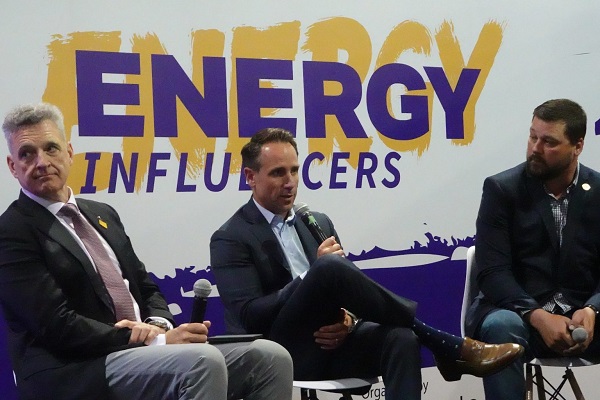
 Alberta2 days ago
Alberta2 days agoAlberta’s carbon diet – how to lose megatonnes in just three short decades
-

 David Clinton1 day ago
David Clinton1 day agoWhy Are Ontario’s Public Schools So Violent?
-

 Energy2 days ago
Energy2 days agoWho put the energy illiterate in charge?
-

 Agriculture2 days ago
Agriculture2 days agoUnstung Heroes: Canada’s Honey Bees are not Disappearing – They’re Thriving
-
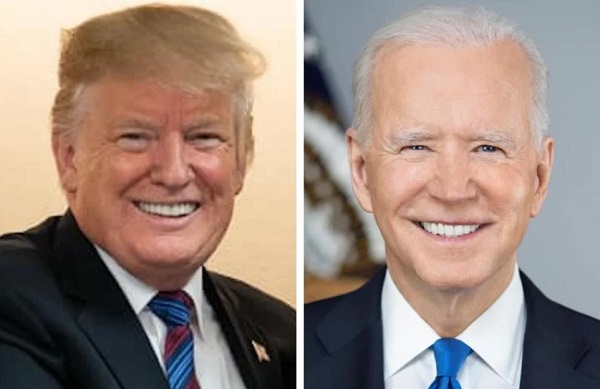
 espionage2 days ago
espionage2 days agoFBI Buried ‘Warning’ Intel on CCP Plot to Elect Biden Using TikTok, Fake IDs, CCP Sympathizers and PRC Students—Grassley Probes Withdrawal








